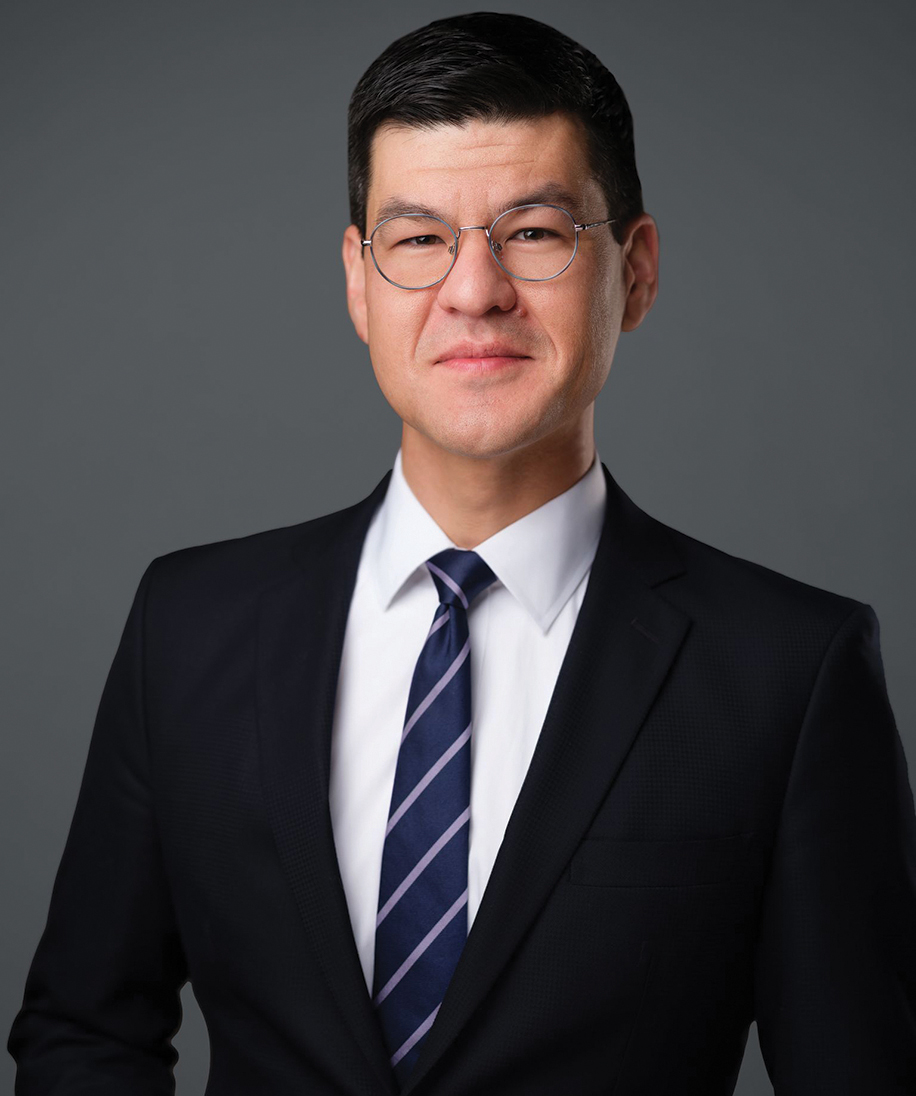Client Alert
Prosecution History Disclaimer Extends to IPR Proceedings
May 16, 2017
Michael Wolfe, Daniel Zeilberger, Joseph Palys & Naveen Modi
The Federal Circuit extended the doctrine of prosecution history disclaimer to statements made by a patent owner in an IPR in a decision issued last Thursday in Aylus Networks, Inc. v. Apple Inc., No. 16-1599 (Fed. Cir. May 11, 2017) (J. Moore, Linn, Stoll*). The case provides yet another important consideration when coordinating IPR and district court strategy, whether on the petitioner or patent owner side.
Background
Aylus asserted U.S. Patent No. RE 44,412 against Apple in the District Court for the Northern District of California, alleging that Apple’s AirPlay feature infringed Aylus’ patent. Apple then filed an IPR petition challenging all claims of the patent. Aylus filed a preliminary response opposing institution, distinguishing its claims from the prior art (this was later found to be a disclaimer). While the Board instituted the IPR for most of the claims, it denied institution of claims 2, 4, 21, and 23, agreeing with Aylus’ interpretation of limitations in those claims. After this, back in district court, Aylus voluntarily dismissed its infringement contentions for all claims except claims 2 and 21 (two non-instituted claims). Apple then moved for summary judgment of noninfringement, which the district court granted based on a claim construction that involved prosecution history disclaimer in view of the statements made by Aylus in its preliminary response in the IPR.
Opinion
The Federal Circuit held that statements made by a patent owner during an IPR proceeding can provide the basis for a prosecution history disclaimer. First, the court discussed the purposes behind prosecution history disclaimer in promoting the public notice function and protecting the public’s (and competitors’) reliance on statements made by patent owners regarding the scope of their claims. Also, noted the court, the doctrine prevents patent owners from “constru[ing their claims] one way in order to obtain their allowance and in a different way against accused infringers.” Slip op. at 9 (quoting Southwall Techs., Inc. v. Cardinal IG Co., 54 F.3d 1570, 1576 (Fed. Cir. 1995)).
The court then analogized to patentee statements made during reissue and reexamination proceedings—which have been held to appropriately form the basis for a prosecution history disclaimer—finding that the same purposes would be served in extending the doctrine to IPRs. The court rejected Aylus’ contention that IPRs are dissimilar to reissue and reexamination proceedings because they are more “adjudicative” than “administrative.” In rejecting Aylus’ assertion, the court examined some of the “administrative characteristics” of IPRs highlighted by the Supreme Court in Cuozzo Speed Technologies, LLC v. Lee, 136 S. Ct. 2131 (2016). The court concluded, “[b]ecause an IPR proceeding involves reexamination of an earlier administrative grant of a patent, it follows that statements made by a patent owner during an IPR proceeding can be considered during claim construction and relied upon to support a finding of prosecution disclaimer.” Slip op. at 12.
Aylus also argued that because the statements were made in a preliminary response before institution, they were not a part of the proceeding and therefore could not be relied upon for prosecution history disclaimer. The court disagreed, noting that both pre-institution and post-institution filings by the patent owner are “official papers filed with the PTO” that are “available to the public” in which representations about claim scope can be made to avoid prior art and upon which the public is entitled to rely. Slip op. at 13-14. Therefore, the court held that whether the statement was made in a preliminary response or after institution is a “distinction without a difference” for prosecution history disclaimer purposes. Slip op. at 13.
The court then found that the statements in the preliminary response met the traditional standards for prosecution history disclaimer, i.e., they were a “clear and unmistakable” disclaimer, and affirmed the district court’s grant of summary judgment of noninfringment. Slip op. at 18-19.
Contributors




Practice Areas
For More Information



